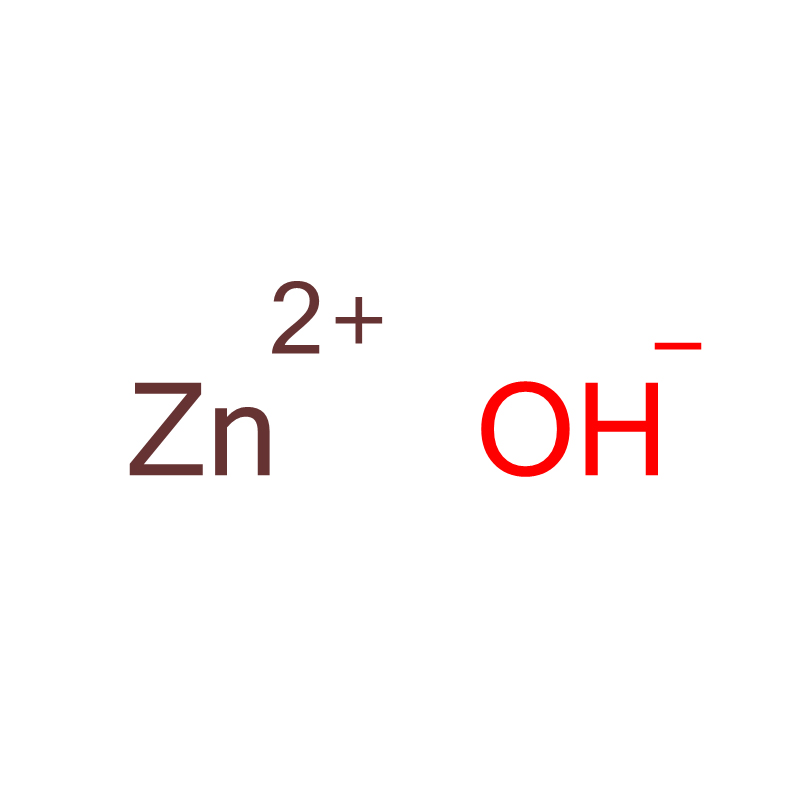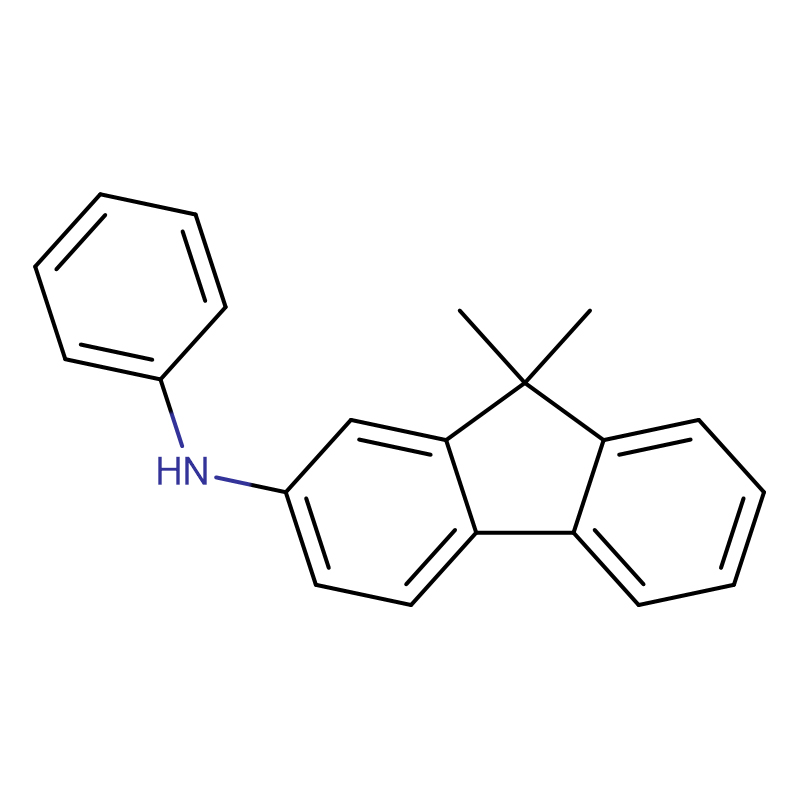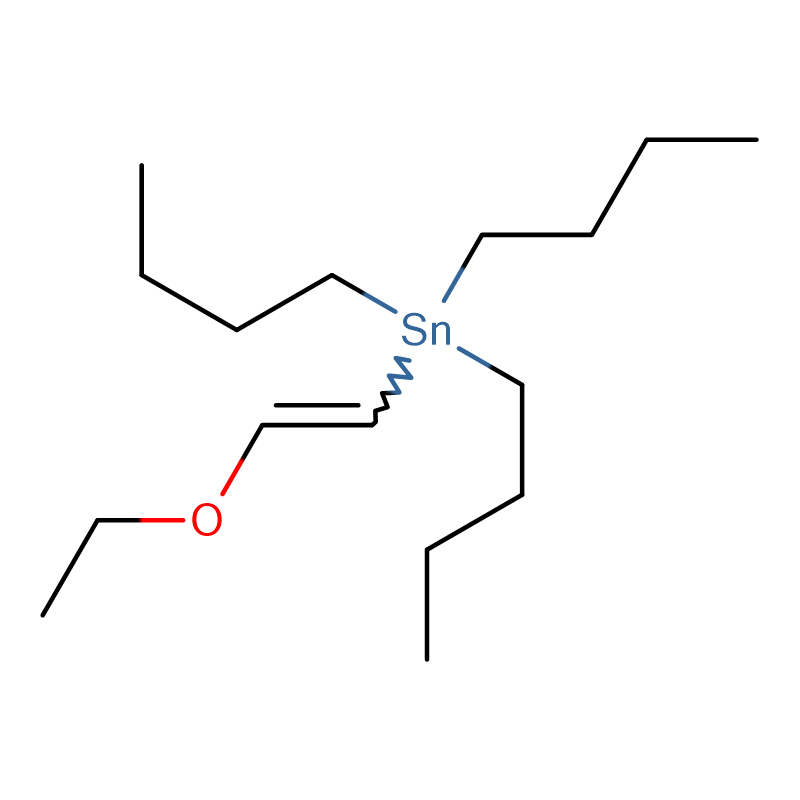2,2′-Bipyridine-4,4′-dicarboxylic acid Cas:6813-38-3 White to white-gray Powder
| Catalog Number | XD90811 |
| Product Name | 2,2'-Bipyridine-4,4'-dicarboxylic acid |
|
CAS |
6813-38-3 |
|
Molecular Formula |
C12H8N2O4 |
|
Molecular Weight |
244.2 |
| Storage Details | Room Temperature |
| Harmonized Tariff Code | 29333990 |
Product Specification
| Appearance | White to white-gray Powder |
| Assay | 99% |
| Density | 1.469 |
| Melting point | >310°C |
| Boiling point | 677°C at 760mmHg |
| Refractive Index | 1.6360 (estimate) |
| Flash point | 363.2°C |
| PSA | 100.38000 |
| logP | 1.54000 |
An efficient aptasensor was developed in which graphene oxide (GO) was employed as an indicator for both electrochemical impedance spectroscopy and electrochemiluminescence (ECL) signal generation. The aptasensor was fabricated by self-assembling the ECL probe of a thiolated adenosine triphosphate binding aptamer (ABA) tagged with a Ru complex (Ru(bpy)3(2+) derivatives) onto the surface of gold nanoparticle (AuNP) modified glassy carbon electrode (GCE). ABA immobilized onto AuNP modified GCE could strongly adsorb GO due to the strong π-π interaction between ABA and graphene oxide; ECL quenching of the Ru complex then takes place because of energy transfer and electron transfer, and a large increase of the electron transfer resistance (Ret) of the electrode. While in the presence of target adenosine triphosphate (ATP), the ABA prefers to form ABA-ATP bioaffinity complexes, which have weak affinity to graphene oxide and keep the graphene oxide away from the electrode surface, thus allowi ng the ECL signal enhancement, and in conjunction with the decrease of the Ret. Because of the high ECL quenching efficiency, unique structure, and electronic properties of graphene oxide, the Ret and ECL intensity versus the logarithm of ATP concentration was linear in the wide range from 10 pM to 10 nM with an ultra-low detection limit of 6.7 pM to 4.8 pM, respectively. The proposed aptasensor exhibited excellent reproducibility, stability, and outstanding selectivity, and ATP could be effectively distinguished from its analogues. More significantly, this efficient ECL aptasensor strategy based on GO acting both as an electrochemical and ECL signal indicator is general and can be easily extended to other biological binding events.



![1H-Benzimidazole,2-[(2,4-dichlorophenyl)methyl]- CAS:154660-96-5](https://cdn.globalso.com/xdbiochems/154660-96-5.jpg)

![Tetrabutylammonium-bis[methylbenzenedisulfide]cobalt Cas:52152-15-5](https://cdn.globalso.com/xdbiochems/52152-15-5.jpg)


